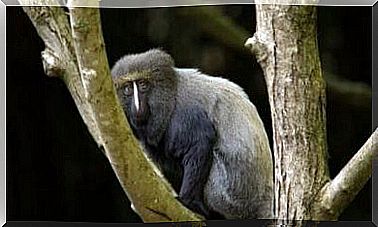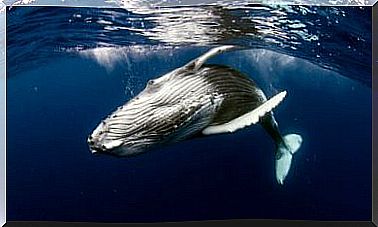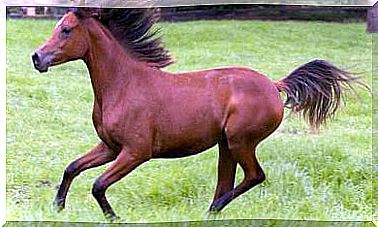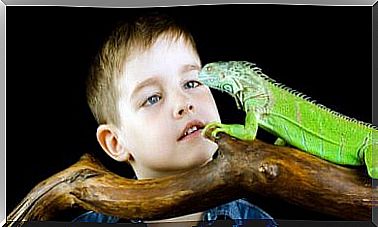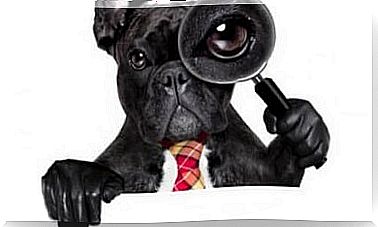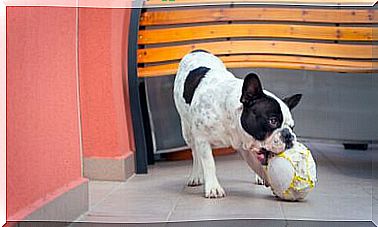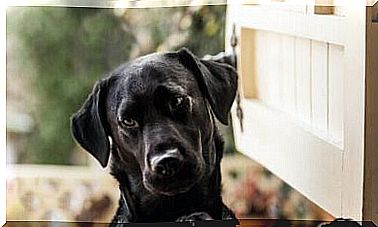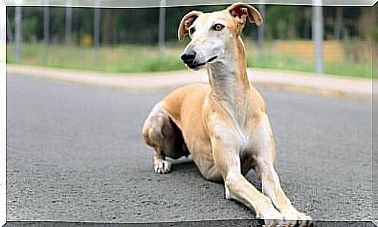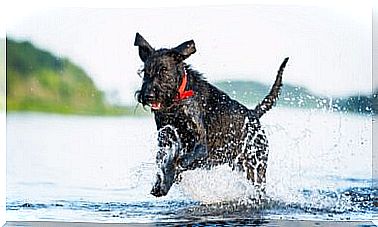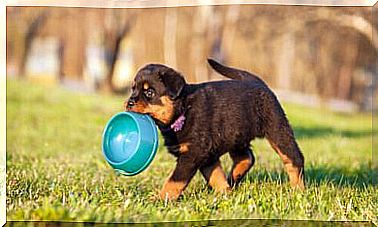Persian Cats: Pure Turkish Aristocracy
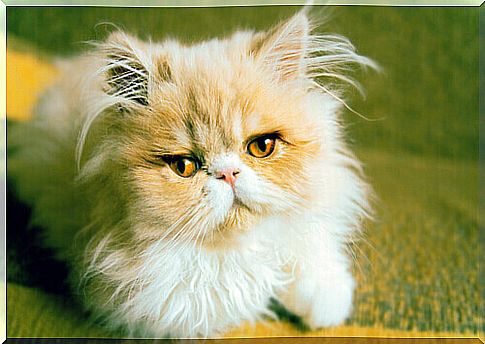
No one can deny that they are one of the most extravagant breeds in existence. With their abundant fur and flat snouts, Persian cats are linked to the aristocracy and descended from the Turkish Angora cat. Find out more about them in the following article.
History of Persian cats
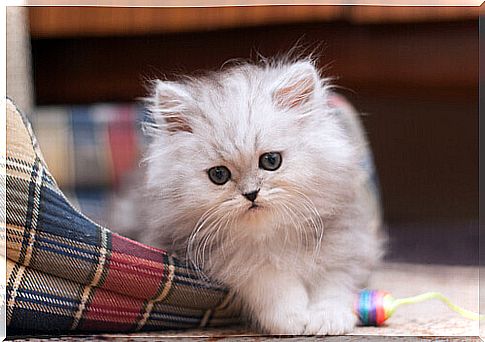
It is not known for sure when these beautiful long-haired cats first appeared. It is believed that their ancestors were pets, as there is no trace of such a coat among the wild breeds. The gene that determines this characteristic comes from the hybridization with Pallas’s cat.
The first ancestors of Persian cats (at least documented) were imported from the city of Jorasán (present-day Iran) to Italy by Pietro della Valle, in 1620. At that time, specimens were also brought from Angora (today Ankara, the capital of the Turkey). The former were gray and the latter white.
In this country the first crossings were made and subsequently some cats were brought to France, and then to England. The Persians are castings related to the aristocracy and nobility for their delicacy, their elegance and their bearing.
Physical characteristics of Persian cats
One of the main characteristics of these animals is their size: from medium to large. The head is well rounded and massive, has prominent cheekbones, a short muzzle, large eyes (rather wide apart) and bright in color, while the nose is flat. The ears of Persian cats are small, in the shape of an inverted “V”.
As for the body, it is characterized by its musculature and sturdiness. The coat is abundant, long, silky and thick. The tail is hairy and round at the tip. As for the colors, they are very varied. You can find specimens of only one tone (black, white, chocolate, red, cream, lilac or blue), two-tone and even tricolor.
Behavior and character of Persian cats
They are known by the nickname of “couch tigers”, as they are calm in temperament and also love to spend hours and hours sleeping or relaxing. They are vain animals by nature, but also calm, affectionate, affable and sociable with people and other animals.
The temperament of the Persian cat makes it a perfect pet for families. Since he comes from domestic breeds, he usually does not have that “wild instinct” typical of felines. He loves the company of his masters and follows them everywhere.
He is not very fond of games or physical activity, and not even hunting. He prefers to stay close to a source of heat and be pampered by his owners. It is absolutely an apartment cat, which loves to live indoors: this is also due to its past of luxury and without privations.
Care of Persian cats
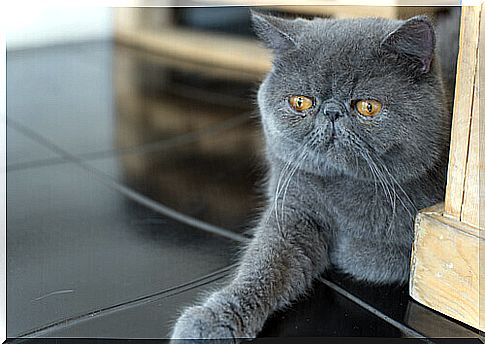
Breeding this animal is a bit difficult. To begin with, it is necessary to know that the gestation lasts just over two months and that the litter is of a few specimens (no more than three). In many cases a caesarean is necessary to reduce the risks for the mother (whose main problem is the narrowness of the pelvis). Kittens have to stay next to their mother for three months.
Since it needs some special care for its coat, it is not a suitable breed for people who do not have free time every day. It is necessary to comb it every day to prevent knots or hairballs from forming.
This cat often has problems with excessive tearing (due to the physiognomy of the face), and therefore it is important to clean the internal grooves of the eyes well, to avoid possible infections.
As for the typical diseases affecting this breed, we indicate the polycystic kidney. It is a genetic and hereditary problem. It affects the kidneys and can lead to kidney failure. Another typical problem of this breed is progressive atrophy of the pupils (in adulthood, the Persian can go blind). It has a life expectancy between 15 and 20 years.
The diet of the Persian cat must be controlled and balanced. If it is a large animal, it is likely that it suffers from obesity (since it does not engage in physical activity). There are special foods with large grains, specially designed for this breed. In winter it is necessary to increase the amount of fat, so that it keeps its coat healthy.
